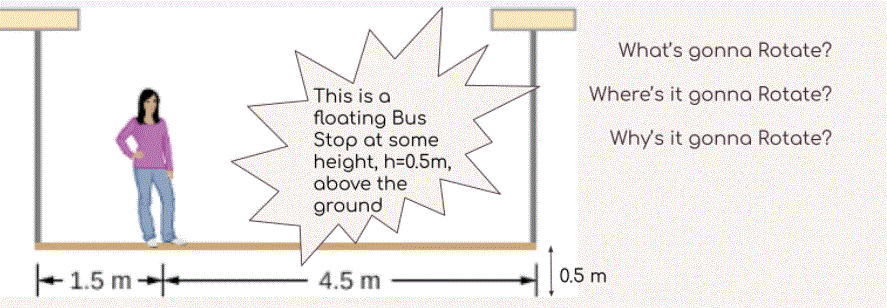where is it going to rotate (place an X on it) 3. Identify the forces 4. Draw an Extended Free Body Diagram 5. Write a Net Torque Equatio
Plane Trusses
It is defined as, two or more elements like beams or any two or more force members, which when assembled together, behaves like a complete structure or as a single structure. They generally consist of two force member which means any component structure where the force is applied only at two points. The point of contact of joints of truss are known as nodes. They are generally made up of triangular patterns. Nodes are the points where all the external forces and the reactionary forces due to them act and shows whether the force is tensile or compressive. There are various characteristics of trusses and are characterized as Simple truss, planar truss or the Space Frame truss.
Equilibrium Equations
If a body is said to be at rest or moving with a uniform velocity, the body is in equilibrium condition. This means that all the forces are balanced in the body. It can be understood with the help of Newton's first law of motion which states that the resultant force on a system is null, where the system remains to be at rest or moves at uniform motion. It is when the rate of the forward reaction is equal to the rate of the backward reaction.
Force Systems
When a body comes in interaction with other bodies, they exert various forces on each other. Any system is under the influence of some kind of force. For example, laptop kept on table exerts force on the table and table exerts equal force on it, hence the system is in balance or equilibrium. When two or more materials interact then more than one force act at a time, hence it is called as force systems.
Identify what's going to rotate
2. where is it going to rotate (place an X on it)
3. Identify the forces
4. Draw an Extended Free Body Diagram
5. Write a Net Torque Equation

With (Figure) and (Figure) for reference, we begin by finding the lever arms of the five forces acting on the stick:
Now we can find the five torques with respect to the chosen pivot:
The second equilibrium condition (equation for the torques) for the meter stick is
When substituting torque values into this equation, we can omit the torques giving zero contributions. In this way the second equilibrium condition is
Selecting the
-direction to be parallel to
the first equilibrium condition for the stick is
Substituting the forces, the first equilibrium condition becomes
We solve these equations simultaneously for the unknown values
and
In (Figure), we cancel the g factor and rearrange the terms to obtain
To obtain
we divide both sides by
so we have
To find the normal reaction force, we rearrange the terms in (Figure), converting grams to kilograms:
Significance
Notice that (Figure) is independent of the value of g. The torque balance may therefore be used to measure mass, since variations in g-values on Earth’s surface do not affect these measurements. This is not the case for a spring balance because it measures the force.
Step by step
Solved in 2 steps with 15 images


